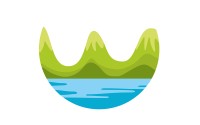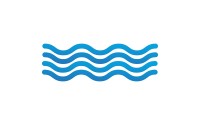Lake Awoonga

Lake Awoonga was formed on the Boyne River by the dam located 30 km from Gladstone, in Central Queensland, Australia.
Lake Awoonga is the main water supply for the Gladstone region. Its recreation areas and recreational fishery are provided free to locals and tourists by the Gladstone Area Water Board.
Originally built across the Boyne River south west of Gladstone in the early 1950s as a 12m high mass concrete dam, it was raised by 6m shortly after. In the 1980s it was raised again, now as a rockfill structure with a concrete upstream face slab to a full supply level of 30m AHD. The dam was raised for a third time in 2002 to its current full supply level of 40m AHD. The embankment was formed from rock excavated from a quarry on the side of the dam wall. The embankment is over 650 metres (2,130 feet) in length and 54.4 metres (178 feet) in height, with a volume of approximately 2,000,000 cubic metres (71,000,000 cubic feet) of rock. This design of the current dam allows for further raising, if necessary, through the addition of gates to the top of the spillway. The maximum capacity of the present dam is 777,000 megalitres (2.05×1011 US gallons). The second raising of the dam was built by Thiess Brothers and was completed in March 1985.[3]
When full the lake is 40 m above sea level. Approximately 200,000 fish are released each year including barramundi and some mangrove jack. By early 2006 a total of over 2.9 million fish had been released into Lake Awoonga including 2.4 million barramundii, 470,000 sea mullet and 15,000 mangrove jack. These fish were bred at Gladstone Area Water Boards Fish Hatchery facility. The largest barramundi caught, as at November 2008, weighed in at a 36.5 kg. Lake Awoonga is one of the only dams in Australia to have been stocked with mangrove jack.





